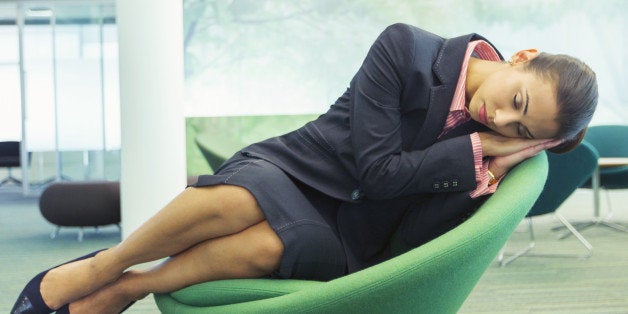
Imagine: It's lunchtime, and you're exhausted. You've been skimping all week on sleep to keep up with tight deadlines at work, household chores and that old thing called a social life. You know you've got another late night ahead of you, so you head off to the office quiet room for a few minutes of shuteye.
The average American works more than nine hours every day, plus an additional four hours of work from home during the week, according to the National Sleep Foundation. In its 2008 Sleep in America Poll, the NSF found that 29 percent of these tired Americans have fallen asleep or at least became very sleepy at work.
"We're a sleep-deprived nation, a workforce full of walking zombies, because we're asking people to do the work of fewer people," says James Maas, Ph.D., former fellow, professor and chairman of psychology at Cornell University, who coined the term "power nap" in his 1998 book Power Sleep. "If we operated a machine like we operate the body, we'd be accused of reckless endangerment."
Now imagine a world in which napping on the job wouldn't only be a thing of sleep-deprived daydreams. While more and more bosses are coming around to the idea of some afternoon shuteye, it's still not exactly widespread, says Lawrence Epstein, M.D., chief medical offer of Sleep HealthCenters and co-author of The Harvard Medical School's Guide to a Good Night's Sleep. Instead, "the misguided opinion that [sleepiness] is a sign of laziness rather than a physiologic reaction" persists, says Epstein.
That could be changing. The NSF estimates that sleepy employees rack up billions of dollars in costs due to lost productivity and sick days, making it in companies' own benefits to provide us all with a few extra minutes during the day to recharge.
Some progressive organizations others like Zappos, Google and Nike have created facilities on campus for employees to use when they need to get some rest, complete with beds, couches, soothing music and other sleep-inducing accessories. Others offer encouraging discounts for services at sleep "spas" like New York City's YeloSpa, which offers private rooms for rent for the purpose of 20- to 40-minute naps.
Full disclosure: Here at The Huffington Post we have two nap rooms of our own, affectionately dubbed Napquest I and Napquest II. But we also don't want to mess with our nighttime sleep (oh, and we've got a website to run), so we asked the experts how to do the daytime nap right. Click through the slideshow below for their best tips.
But first, one very important thing to keep in mind: If you think your employer will not tolerate napping, don't risk it. We're not trying to get you in trouble, we're trying to guide those of you with the opportunity to efficient and rejuvenating sleep.
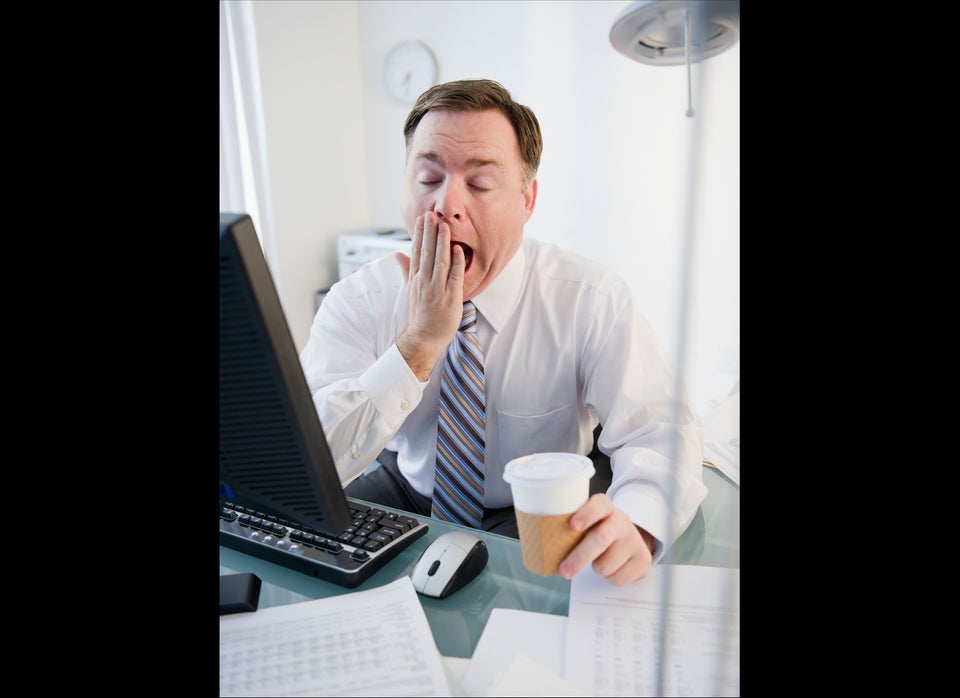
"Naps are sort of a double-edged sword," warns Epstein. "If you're indeed sleepy and it's going to interfere with your performance, the best way to get over that is to go to sleep. But if you have trouble sleeping at night, taking a nap can be a problem, because if you sleep in the daytime you won't sleep at night."
You've also got to be tired enough to fall asleep during the day. "Well-rested people don't have the ability to power nap and that's great," says Maas. "It's much better to get good nocturnal sleep and not be able to than to have to power nap. While we do have a natural dip in our circadian rhythms that usually occurs in the afternoon, that is exacerbated by not having good nocturnal sleep."
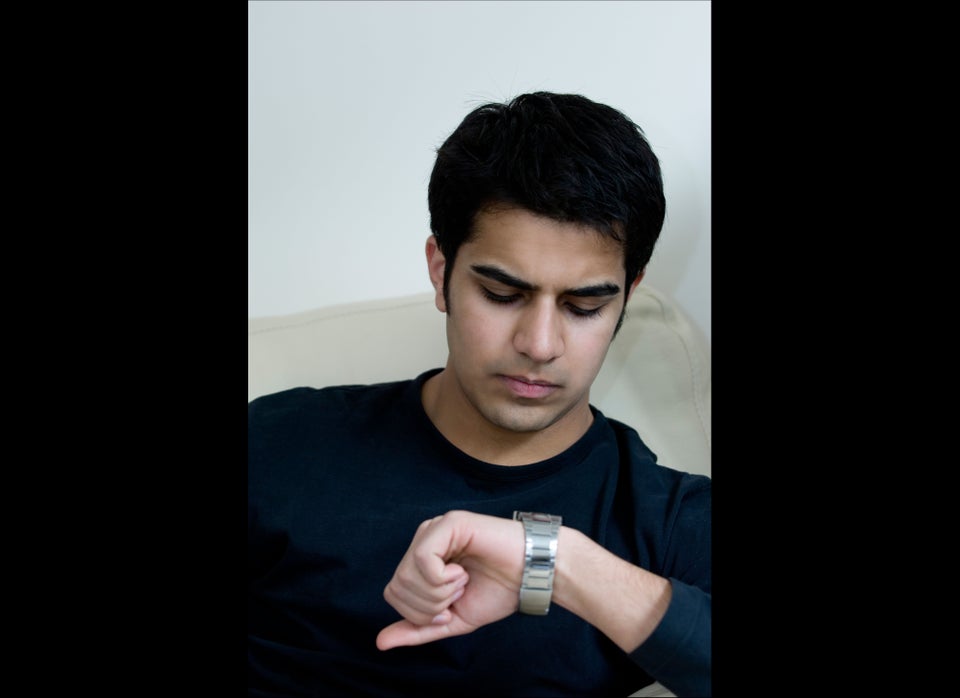
If you get enough sleep at night, chances are you won't be bothered by the mid-afternoon peak of sleepiness. But if you're sleep-deprived, you'll feel that "sleep debt" greater in the afternoon, and be more inclined to nap.
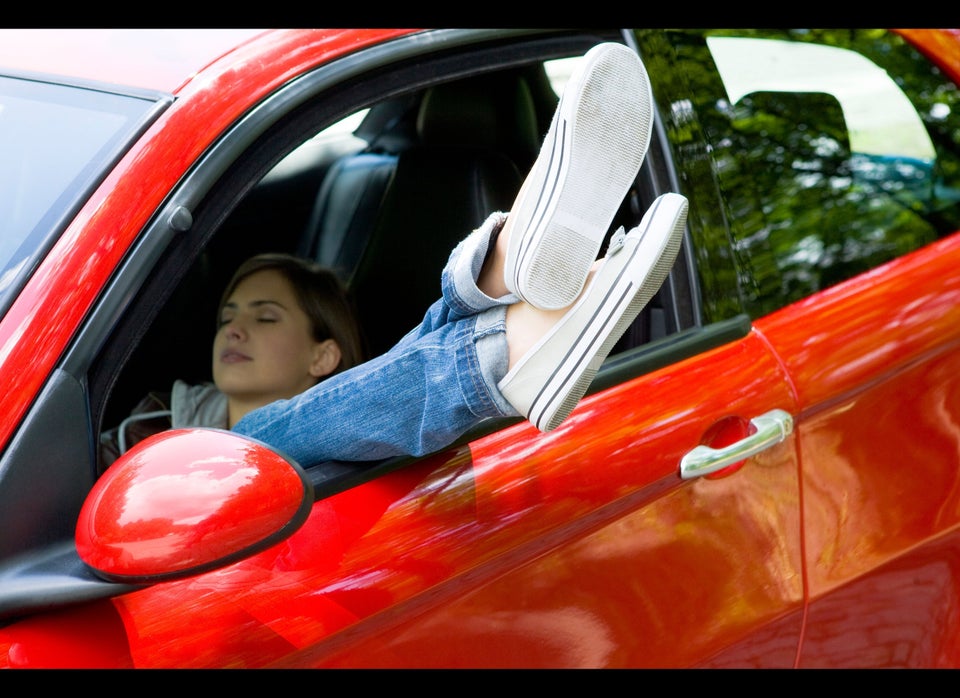
But sleep-chasers should also get creative. Many large companies, especially in their headquarters, have infirmaries or other first-aid offices. Maas suggests calling to see if they have any available beds. Or, in warm climates, lie down for a few minutes on a bench outdoors. Desperate? "Even restrooms give you an opportunity to sit for 10 minutes," he only half-jokes.
Better still, try heading out for a nap on your next "lunch" break -- no one has to know you're not actually eating! "A lot of workers are kind of sneaky in these naps, they'll go out to the parking lot and take a quick snooze," says Maas, but most are allowed (if not legally required) to take a break during the day. Or, head to a local spa that provides nap rooms for a fee. Locations are popping up in numerous cities, reports CNN Money.


If you really need more than 15 minutes of shuteye, you're better off shooting for a full 90 to guarantee waking up feeling refreshed, as that's how long it takes your body to complete an entire REM cycle, he explains. So set a cell-phone alarm and then get back to business.
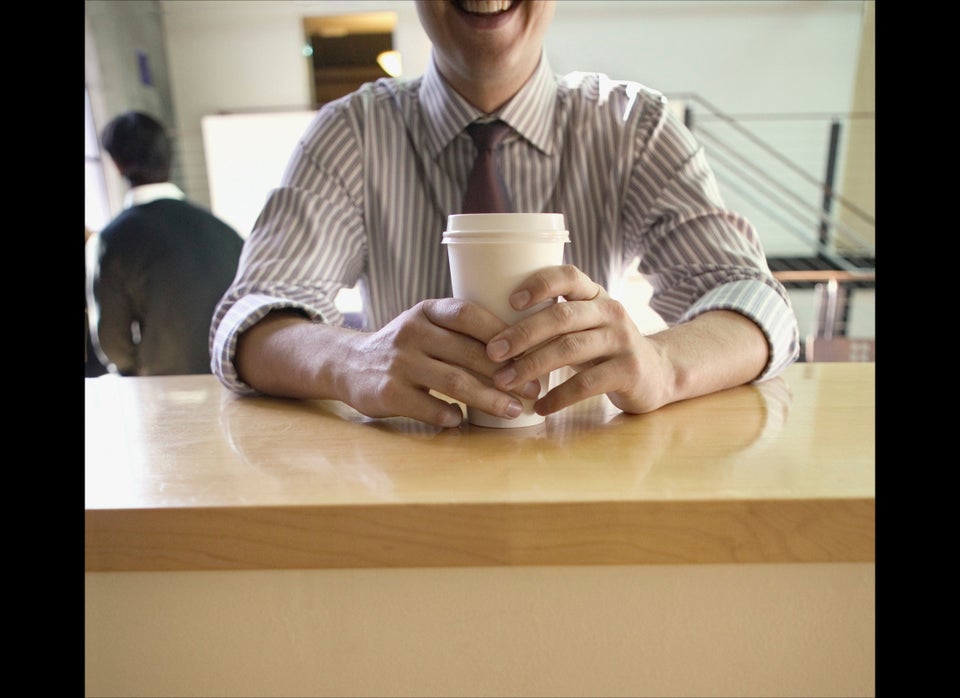
As long as you're four to seven hours away from bedtime, there's no real need to skip your afternoon pick-me-up, even if you're going to steal away for some Zzs. In fact, caffeine can even improve your performance later in the day. It takes some time for the caffeine to kick in, so some experts suggest what's been dubbed a "caffeine nap" -- drinking a cup of coffee before a 20-minute nap, then waking up to "maximum alertness," says Epstein.
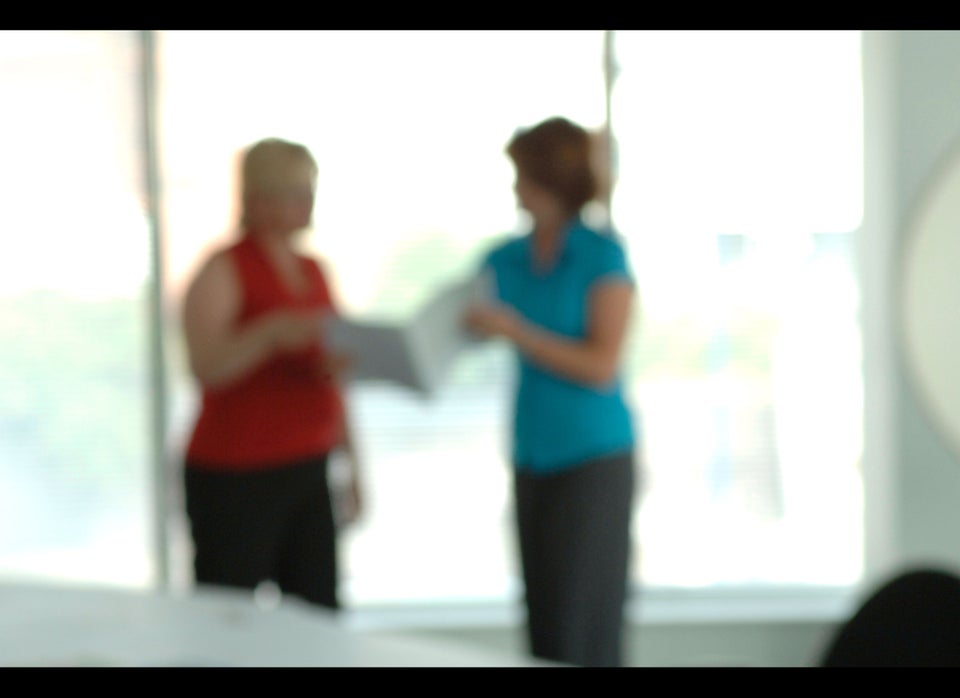
If your boss is at the other end of the spectrum, presenting the facts might be a good idea. Many corporations are already promoting preventive health and wellness programs focused on exercise and nutrition, says Maas, so why not add sleep? "They've got to realize that there are three things that determine longevity: nutrition, exercise we're already doing a lot about, but we're totally ignoring the third component, which is sleep," says Maas. "Sleep is treated as a luxury in American society, and it's a necessity."